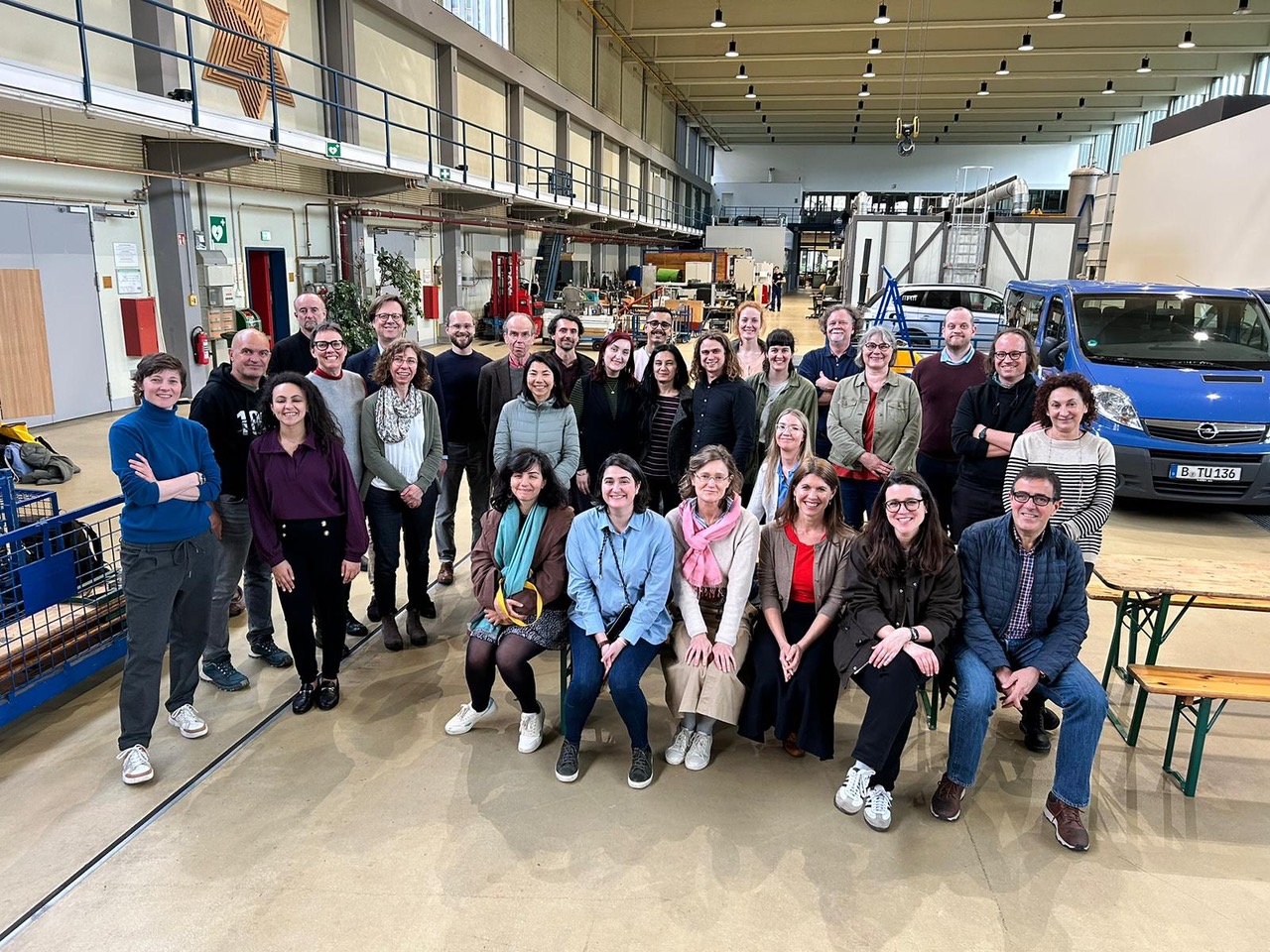Growing the field of engineering ethics education and research as a community Date: 24-26 March…

University of Turin, Italy steven.umbrello@unito.it
Daisy Yoo,
Eindhoven University of Technology, The Netherlands : d.yoo@tue.nl
How can engineering students learn to quickly and actively engage in designing technologies for human values rather than relegating them to afterthoughts? Or, more precisely, what are the available methods and tools to help engineers frame their day-to-day work and practices to make them more conducive to designing for values? For over two decades, the value-sensitive design (VSD) approach to technology design has explored and refined the tools engineers can quickly adopt to envision better futures and cultivate salient design.
The VSD approach was developed in the early 1990s by Batya Friedman and colleagues at the University of Washington. The approach is a principled approach to technology design that centres on designing for human values. It is considered principled because it has a structured three-phased methodology: conceptual, empirical, and technical investigations. Although this approach emerged from the growing discourse within human-computer interaction (HCI), the approach has since garnered global attention. It has been applied to a series of other technologies beyond HCI like care robotics, nanotechnology, and artificial intelligence systems.
Regardless, the approach has remained chiefly within the domains of the ivory tower and has made little headway into real-world design domains despite its long history. This says nothing of its actual applicability or adoptability by designers from a technical perspective. VSD comes equipped with a host of tools and methods that can be used across various design domains. They can be used iteratively, in parallel, or consecutively based on the specific needs of the design teams, clients, or the particularities of the system’s architecture. Still, some of these methods require some background and training to ensure that they are correctly executed. This can often seem costly and time-consuming. Some, but not all.
VSD needs not to be viewed as some esoteric theory that requires in-house specialists. VSD is equipped with methodologies and tools that can be adopted almost immediately and require very little time to undertake. Envisioning Cards is one such method. They are a deck of cards that designers can purchase for a relatively low cost and it comes with a set of activities that range between 3 and 15 minutes to complete. Their efficacy has been tried and tested and encourages the engineers and designers to tangle with their moral imaginations to develop creative solutions to our pressing ethical problems. Although interested designers and engineers are more than encouraged to explore the family of VSD methods available to them, they should not feel overwhelmed given that welcoming tools like Envisioning Cards are available to them.

